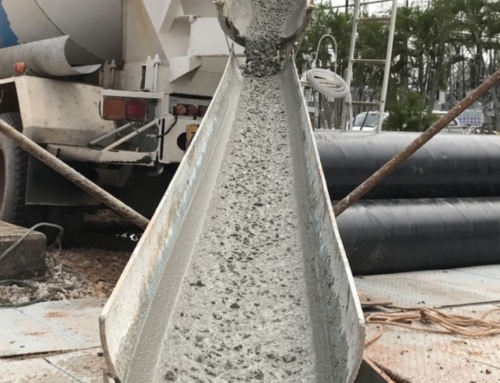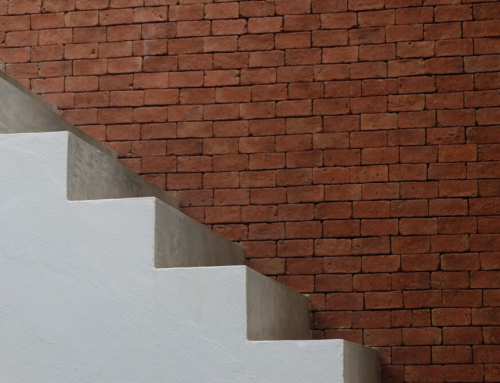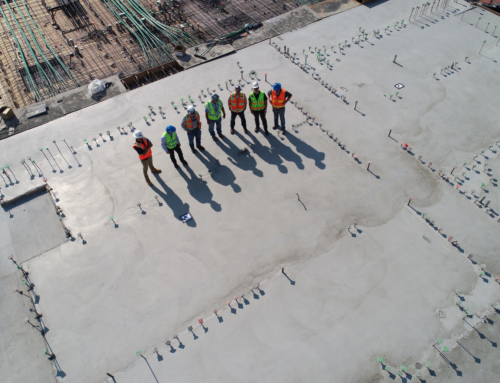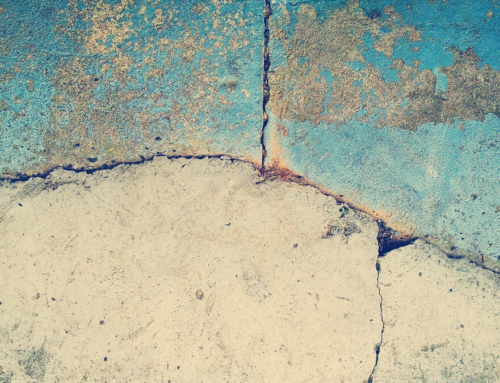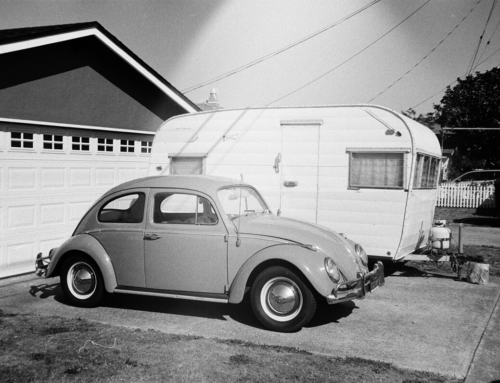When looking at the benefits of poured concrete, its strength, fast application and waterproof nature are highlights. But does the quality of the results change if you’re pouring in different temperatures or weather conditions? Here are a few points to consider when planning each job.
Pouring Concrete in Cold Weather
There are multiple considerations when it comes to pouring concrete in cold weather. On the day of the pour, the surface temperature needs to be a couple of degrees above freezing, as you need to avoid the risk of ice forming within the concrete mix. This would otherwise compromise the strength of the concrete or make the process much slower. The temperature of the actual concrete should not fall below 5 degrees.
You’ll also need to assess ground conditions as the concrete should never be poured on top of ice or frost. Some of the solutions used to protect a sub-base surface include insulating blankets or ground heaters to help thaw the area. Once the concrete is poured and levelled, it can be covered with insulated sheeting to ensure it doesn’t freeze over. If you have created formwork from timber, this also provides added insulation, but again, this should not be covered in any ice or frost.
 Pouring Concrete in Wet Weather
Pouring Concrete in Wet Weather
One of the main things to be aware of when pouring concrete in wet weather is rain accumulating where the mix is required. The composition of the concrete will have been carefully chosen to ensure the concrete is of the right strength. Adding more water could lead to issues such as weakened concrete, shrinking cracks and surface problems. If rain falls soon after the pour, it may affect the levelled surface and finish.
Therefore, it’s not a good idea to pour concrete on wet surfaces or trenches filled with water. Always check the forecast so that you can adequately prepare. Worksites can be protected by using plastic covers and tarpaulins, and check surfaces are dry before you begin.
Pouring Concrete in Hot Weather
While low temperatures and rain are often the most common weather conditions to affect the quality of a concrete pour, always consider how higher temperatures can change things too. The part of the process mostly affected is the curing of the concrete, which starts directly after the pour. Adequate moisture is important when curing concrete, but if temperatures are high, evaporation could happen too quickly, so the mix can’t hydrate properly. This could result in a loss of strength and cause more cracking. Avoid peak times in the heat when you pour the concrete, space any control joints at smaller intervals and use sunshades to shield the pouring site.
Use a reputable supplier to ensure your concrete is of the highest quality when it’s poured, rather than leaving bags on site which could be damaged by weather conditions. At Network Concrete, we supply concrete across Sussex areas such as Haywards Heath, Hove and Hastings. Call now on 0800 222 9099 to place your order.

